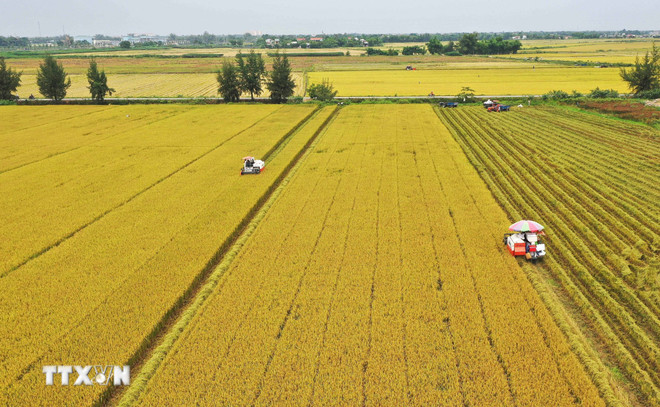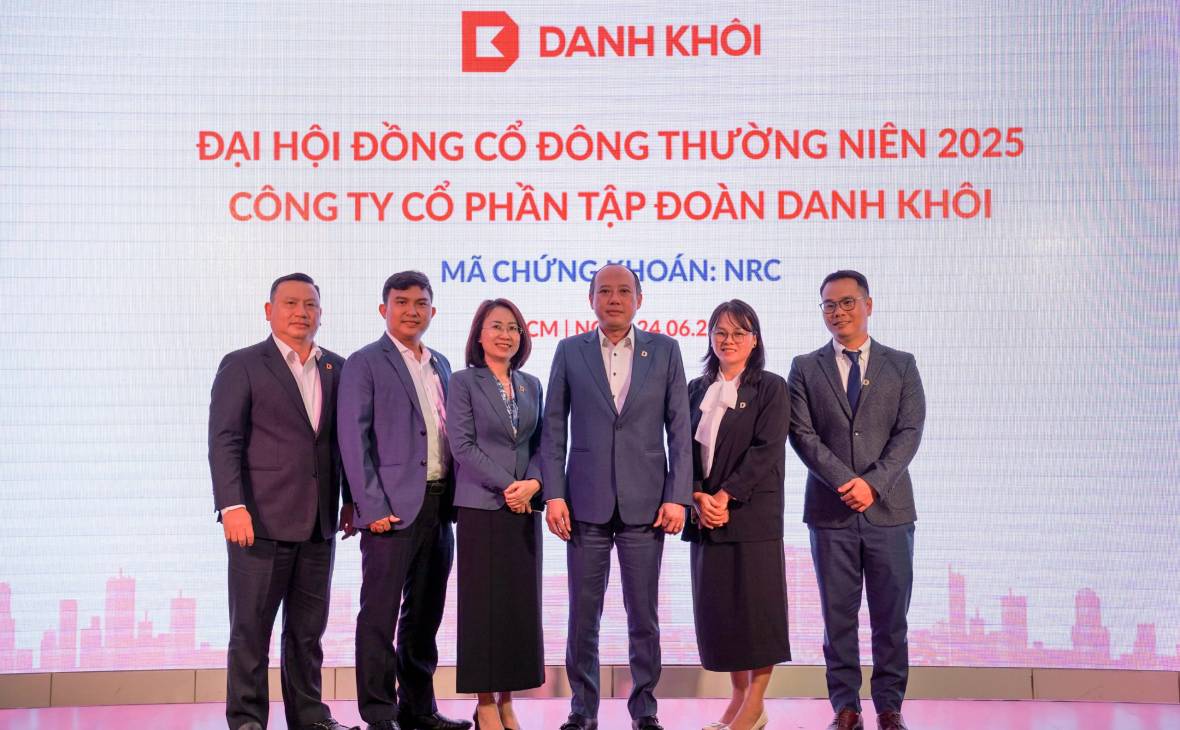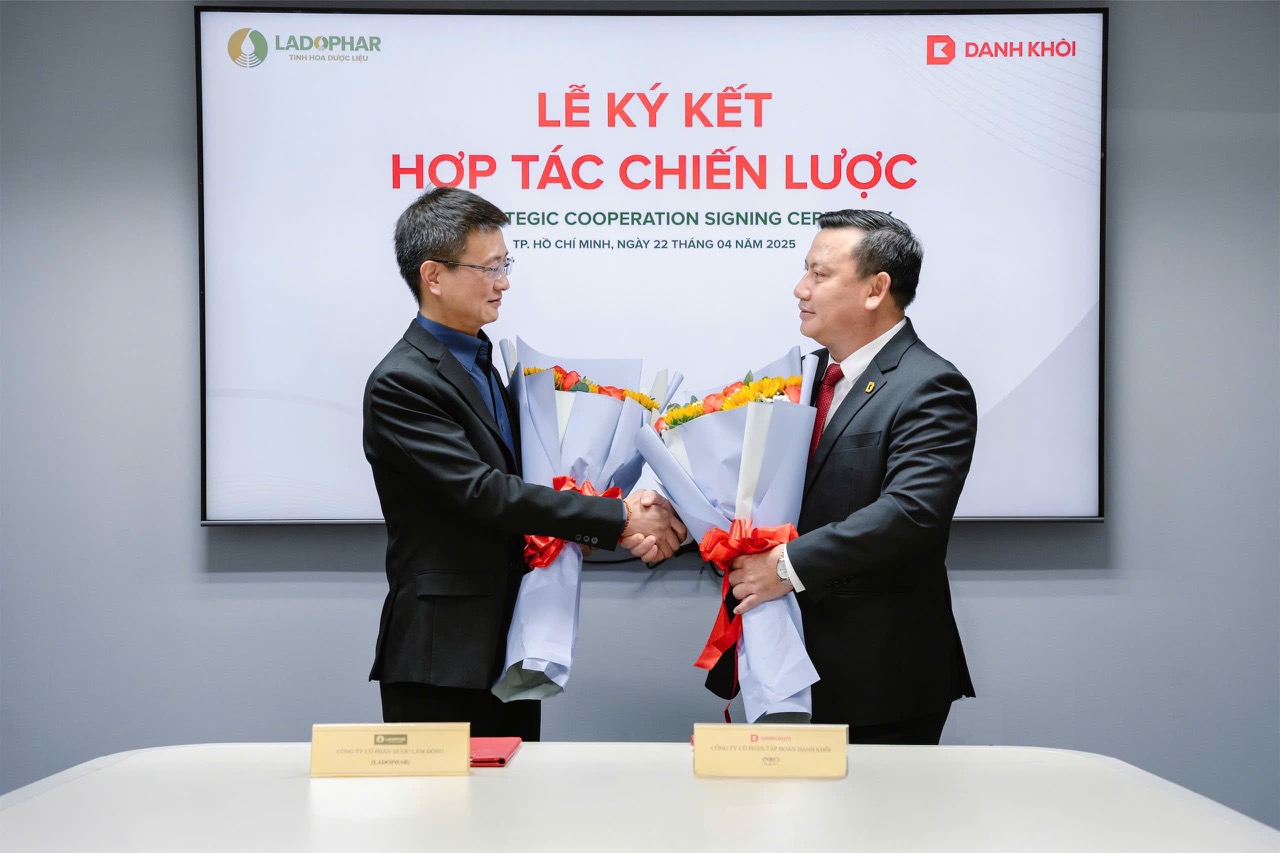“Cheap money” and a growing asset-hoarding mindset are driving Vietnam’s real estate (property) market to heat up again, with absorption rates reaching 77% in Q3 2025.
However, behind the upbeat transaction figures lie concerns about persistently high prices, supply-demand imbalances, and expanding real estate credit risks — all of which could pose challenges if not addressed through timely policy measures.
Strong Growth in Both Supply and Prices
At the Vietnam Real Estate Market Report Q3 and the First 9 Months of 2025 event — themed “Vietnam’s Real Estate Market: Identifying Structural Issues and Policy Solutions” — Dr. Nguyễn Văn Đính, Vice President of the Vietnam Real Estate Association and Chairman of the Vietnam Association of Realtors (VARS), noted that amid an improving economic landscape, the property market continues to post positive growth across supply, transactions, and prices.
At another seminar titled “Easing the Affordable Housing Shortage and Attracting Residents to New Urban Areas”, Dr. Đính revealed that during the first nine months of 2025, apartment supply exceeded 100,000 units.
Selling prices for villas, townhouses, and shophouses ranged between VND 50–400 million/m², up 5–10% from previous sales launches.
Apartment prices in both Hanoi and Ho Chi Minh City have also surged sharply.
The absorption rate reached nearly 60,000 transactions, double that of the same period in 2024.
“High Prices but Still Selling Out”
Delving deeper into price dynamics, Mr. Lê Đình Chung, member of VARS’s Real Estate Market Research Task Force and CEO of SGO Homes, observed that new projects launched at higher prices compared to the previous year still achieved strong sales — even selling out on opening day.
This was driven by both genuine housing demand and investment interest, as low-cost capital and inflationary pressures push buyers toward real assets as “safe havens.”
In Q3 alone, the market recorded approximately 34,000 successful transactions, pushing the overall absorption rate to 66%, up 12 percentage points quarter-on-quarter as inventory cleared.
New supply absorption reached 77%, equivalent to 27,000 deals, up 23%.
Most transactions came from the apartment segment (66%), which saw an 81% absorption rate, while low-rise housing also performed well at 60%.
Across the first nine months of 2025, the absorption rate of newly launched projects hit 68% — about 58,000 successful transactions, double the same period last year.
Notably, a large proportion of purchases were made by buyers acquiring their second or third properties.
Prices Continue to “Anchor” at High Levels
Mr. Chung added that first-hand housing prices remain high, pulling up the secondary market as well.
Secondary transactions have become more active since primary sales are dominated by off-plan projects with elevated pricing, pushing buyers toward resale properties.
However, secondary supply remains limited, as most owners are reluctant to sell and investors tend to hold assets in anticipation of further price hikes.
In Hanoi, strong primary price growth has lifted the entire market, with many projects seeing increases of hundreds of millions to several billion VND within a short period — particularly in areas with complete infrastructure and amenities.
Meanwhile, in Ho Chi Minh City, the price uptrend continues, especially for projects with clear legal status, located near major infrastructure developments, and offering reasonable price levels.
By the end of Q3, a surge of capital from northern investors — especially from Hanoi — had caused several projects to “spike,” with prices rising by up to 5% in just one week.
Regional Price Comparison
In Q3 2025, Hanoi led the nation in apartment price growth, followed by Da Nang, while Ho Chi Minh City also posted notable gains.
Compared to the baseline period, average price increases across sampled projects were:
-
Hanoi: +96.2%
-
Da Nang: +72.6%
-
Ho Chi Minh City: +56.9%
Average apartment prices in Q3 2025 were:
-
Hanoi: VND 78.9 million/m² (up 5.0% QoQ)
-
Ho Chi Minh City: VND 81.6 million/m²
-
Da Nang: VND 67.4 million/m² (up 7% QoQ)
Between 2019–2025, Da Nang’s apartment prices have grown 1.6 times faster than those in Ho Chi Minh City, largely due to the launch of multiple new high-end projects that have set new price benchmarks for the market.
Prices Will Only Stabilize with Policy Action
According to Ms. Phạm Thị Miền, Deputy Director of the Vietnam Real Estate Market Research Institute, despite positive indicators, the market still faces unresolved structural bottlenecks and imbalances:
-
Persistently high real estate prices and associated risks
-
Supply-demand mismatch
-
Rapidly expanding real estate credit exposure
-
Fragmented and non-transparent market information
-
Incomplete legal frameworks
If these issues are not promptly addressed, they could hinder the sustainable and stable growth of the sector — and by extension, the broader economy.
Looking ahead to Q4 2025, Ms. Miền expects supply to continue improving as several large-scale projects are launched.
Transactions will likely increase in tandem with supply, though buyers will become more selective — focusing on projects with clear legal status, strong infrastructure connectivity, and reputable developers.
Property prices are expected to keep rising as cheap capital continues to flow into the economy, fueling investment demand amid limited supply.
With land scarcity and rising land and material costs, developers are maintaining a focus on high-end segments to preserve profit margins — particularly since these units remain attractive to financially capable buyers with long-term asset accumulation goals.
Price stabilization, experts emphasize, will only occur when the government implements effective policy and market-regulation measures.
By Hải Sơn
Nhịp sống Thị trường (Market Pulse)
Source: Cafef.vn — “Giá cao vẫn cháy hàng”: Tín hiệu phục hồi hay rủi ro tích tụ trên thị trường BĐS?
 en
en 










